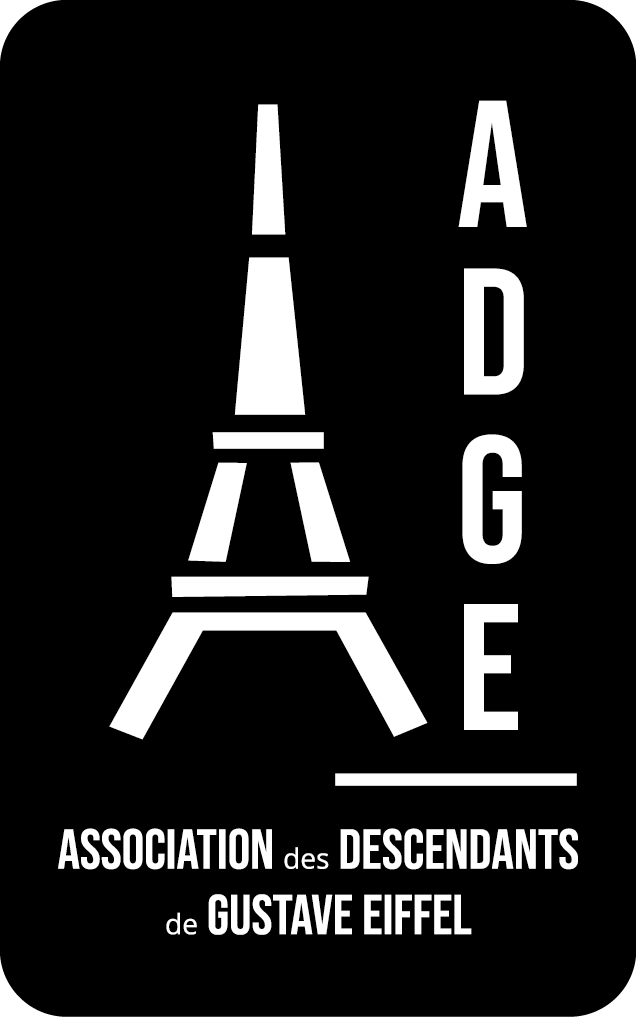Eiffel Aerodynamics Laboratory
France
Although not as well known to the general public as his tower, Gustave Eiffel’s research in aerodynamics and meteorology had a considerable influence on the development of these sciences. His wind tunnel in the rue Boileau in Auteuil, completed at his own expense in 1912 to replace the first wind tunnel that he had already had built in 1909 on the Champ de Mars at the foot of the Tower, was to set the rules of aerodynamics and render immense services through its aerodynamic tests in many fields: Aeronautics, Automobiles, Buildings, Boats, Thermal power stations, Bridges, Radars, etc…
In 1962, Mr. André Granet described the history of the Eiffel laboratories in the following terms:
“In order to determine the laws of aerodynamics, Eiffel built a modest laboratory at the Champ de Mars in 1909. The wind tunnel had an air stream one and a half metres in diameter and three metres long, and the air speed could vary from 5 to 20 m/sec with the help of a 70 HP motor powered by the Tower’s electric station. It was in this laboratory that the first research was carried out on the wing profiles of aeroplanes used by WRIGHT, VOISIN, FARMAN, BLERIOT, then on complete aircraft models designed by ESNAULT-PELTERIE, NIEUPORT, LEVASSEUR.
In 1911, EIFFEL was busy with his experimental work on propellers when he had to leave the Champ de Mars where a new district was beginning to rise. He then had a much more complete laboratory built at Auteuil, 67, rue Boileau, whose wind tunnel included an air stream two metres in diameter capable of reaching a speed of 30 m/sec.
This is how the aerodynamic wind tunnel “Gustave Eiffel type” was definitively created, with the help of which he gave the method of aerodynamic research its essential standards. This type of wind tunnel has since been reproduced in numerous examples in France, Holland, Japan and the United States. It is true that the diameter and speed of the duct have been considerably increased since full-scale aircraft can be subjected to an air current reaching and even exceeding the speed of sound, but the principles have not changed.




